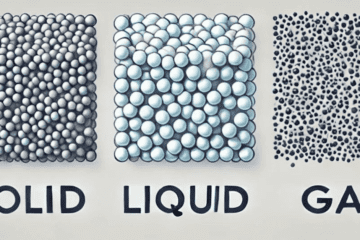What is a DOP and IOP?
Understanding Direct Object Pronouns (DOPs) and Indirect Object Pronouns (IOPs)
What are DOP and IOP in French?
When learning French, a common question is: what is a DOP and IOP? Understanding these pronouns is essential for fluency.
Direct Object Pronouns (DOPs) in French:
- Definition: Direct object pronouns replace the noun that directly receives the action of the verb.
- Forms: me (me), te (you), le/la (him/her/it), nous (us), vous (you), les (them).
- Usage Example:
- Original Sentence: “Je vois le chien” (I see the dog).
- With DOP: “Je le vois” (I see it).
DOPs are like the target in a game of darts; they take the hit directly and succinctly.
Indirect Object Pronouns (IOPs) in French:
- Definition: Indirect object pronouns replace the noun that indirectly receives the action, often preceded by a preposition like “to” or “for”.
- Forms: me (to me), te (to you), lui (to him/her), nous (to us), vous (to you), leur (to them).
- Usage Example:
- Original Sentence: “Je donne le livre à Marie” (I give the book to Marie).
- With IOP: “Je lui donne le livre” (I give her the book).
Think of IOPs as the intermediary in a relay race, smoothly passing the baton to someone else.
What is a DOP and IOP in Spanish?
In Spanish, learners often ask: what is a DOP and IOP? Knowing the distinction and correct usage is crucial for effective communication.
Direct Object Pronouns (DOPs) in Spanish:
- Definition: Direct object pronouns replace the noun directly receiving the action of the verb.
- Forms: me (me), te (you), lo/la (him/her/it), nos (us), os (you all), los/las (them).
- Usage Example:
- Original Sentence: “Yo veo el libro” (I see the book).
- With DOP: “Yo lo veo” (I see it).
DOPs in Spanish are like the main goal in soccer – direct, straightforward, and to the point.
Indirect Object Pronouns (IOPs) in Spanish:
- Definition: Indirect object pronouns replace the noun indirectly affected by the action, typically answering “to whom?” or “for whom?”.
- Forms: me (to me), te (to you), le (to him/her), nos (to us), os (to you all), les (to them).
- Usage Example:
- Original Sentence: “Yo doy el libro a Juan” (I give the book to Juan).
- With IOP: “Yo le doy el libro” (I give him the book).
IOPs in Spanish are like the assist in basketball, setting up the play for someone else to score.
Using Double Object Pronouns:
- When both DOPs and IOPs are used together, the IOP precedes the DOP.
- Example:
- Sentence: “I give it to him.”
- Spanish: “Se lo doy.”
Pronoun Placement Rules:
- Before Conjugated Verbs: Pronouns usually come before conjugated verbs.
- Attached to Infinitives: Pronouns can be attached to infinitives.
- Example: “Voy a comprarlo” (I am going to buy it).
- Attached to Gerunds: Pronouns can be attached to gerunds.
- Example: “Estoy comprándolo” (I am buying it).
- Attached to Affirmative Commands: Pronouns must be attached to affirmative commands.
- Example: “Cómpralo” (Buy it).
- Placement Flexibility: When an infinitive or gerund is used, pronouns can either precede the main verb or be attached to the end.
- Example: “No quiero comprarlo” or “No lo quiero comprar” (I don’t want to buy it).
Common Mistakes:
- Confusing nos with nosotros: “Nos” means “us” (IOP/DOP), while “nosotros” means “we” (subject).
- Misusing lo/la as subject pronouns: Lo and la are object pronouns, not subject pronouns. Avoid starting sentences with them.
Conclusion
So, what is a DOP and IOP? In essence, they are vital tools for refining your communication in French and Spanish. Understanding their differences and correct usage can significantly improve your fluency and clarity in both languages. Practice regularly, and soon, using these pronouns will become second nature.
For more detailed explanations and examples, the following resources are invaluable:
Remember, don’t let your pronouns dodge the ball or miss the goal – aim straight and pass effectively!
Click Here to Dive Back into Our Educational Resources and Expand Your Knowledge Blog




